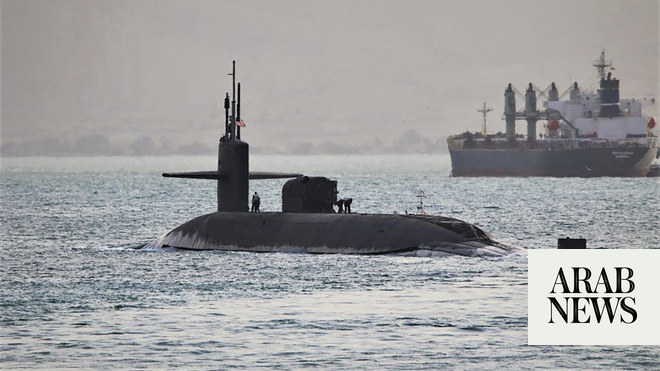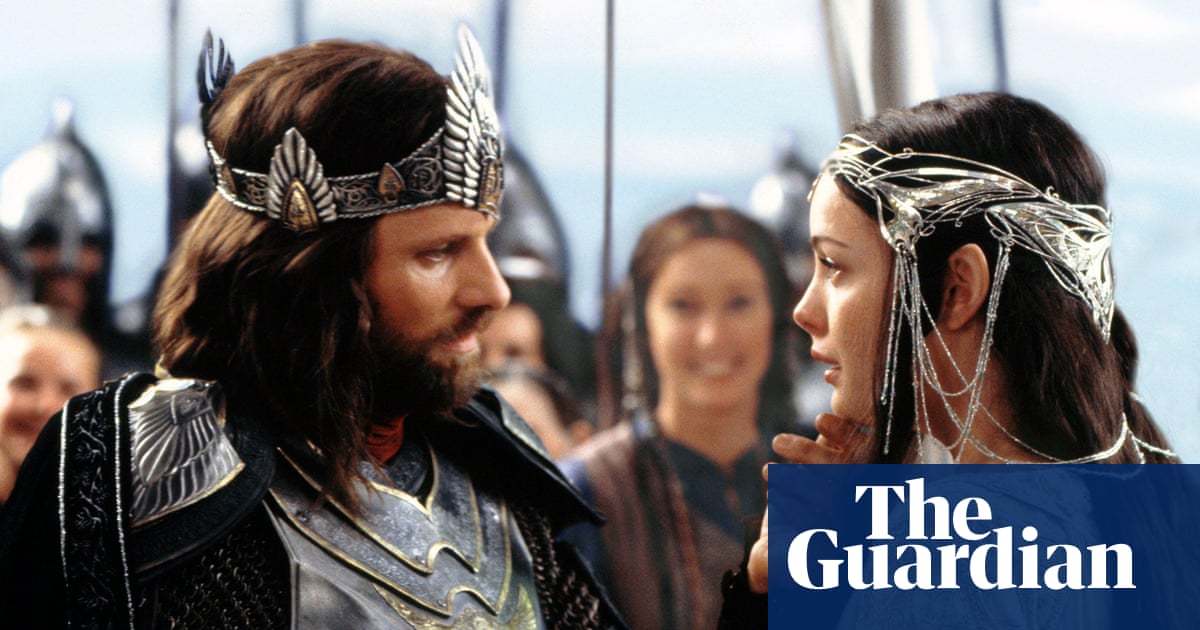
The summers are long and hot in the Arabian Gulf. I deployed to those waters half a dozen times during a long Navy career, and have sat on the bridge of US warships watching Iranian gunboats warily too many times to count.
Sometimes the Iranians are very professional, and follow the standard rules of the nautical road. At other times, they can be the worst and most dangerous of mariners, swerving close at high speed, hurling insults in broken English over the bridge-to-bridge radio, turning on their fire control radars. And the behavior always seemed to turn worse as the roasting summer days – with sea-surface temperatures over 110 degrees Fahrenheit – dragged on. Now, given the geopolitical climate, it’s not surprising to be faced with a very ugly summer in the Arabian Gulf.
On one deployment as a destroyer captain, I directed fire of a 50-caliber-weapon in front of a cluster of Iranian gunboats, causing them, eventually, to turn away. On another, my cruiser provided air-control information to planes that fired air-to-air missiles at approaching Iranian fighters.
The Iranians are generally bellicose and somewhat unpredictable, and we should not underestimate their ability to conduct serious combat operations – both overtly and covertly. Above all, to them this is the “Persian Gulf,” a bow to the ancient empire on which modern-day Iran is built.
All of which brings us to the crisis of the moment: strikes on merchant ships in May and two much more serious attacks this week. The US government says they were almost certainly conducted by the Iranians, and it is hard to see anyone else benefiting from these actions.
We are now at one of the most dangerous points in the long, tortured relationship of the US and Iran since the Iranian Revolution of 1979 and the hostage crisis that followed. The Iranians are deeply frustrated by the Donald Trump administration’s decision to withdraw from the 2015 deal over their nuclear program, and the re-imposition of crippling sanctions. As the Iranian economy and currency continue to tumble, the mullahs who run the country realize that the people they rule will become increasingly restive. With a population of more than 80 million, half of whom are under 35 years old, this is a dynamic moment for the Iranian regime. You can feel the desperation setting into the politics of Tehran.
As a result, the Iranians seem to be taking a page out of the book of North Korean dictator Kim Jung Un: Get the attention of the West through bad behavior. Much as Kim uses long-range ballistic missile launches over US allies such as Japan, and nuclear detonations to publicize his capabilities, the Iranians seem to feel they can use tanker attacks and closure of the Strait of Hormuz to obtain some concessions.
The message is simple: If you don’t relieve some of the pressure on us, we will utterly disrupt shipping throughout the region and therefore the global oil supply. No one knows better than the Iranians that more than 30 percent of the world’s oil flows through the Strait of Hormuz – which they can (at least temporarily) close with a combination of mines, small boat attacks and, possibly, sinking ships in the narrow waterway.
Recognizing that the US needs another war in the Middle East like we need (professional diplomatic term alert) a hole in the head, the Iranians seem to think Washington will back down in the face of these attacks. But it is far too soon to default to a purely military solution. The US still has cards to play, and should hit the brakes on an escalation before a conflict develops an unstoppable momentum.
First and most importantly, Washington needs to move beyond just a US-versus-Iran confrontation and make it a world-versus-Iran scenario. There is no global support for attacks on unarmed merchant ships, especially environmentally sensitive supertankers. Attacks on the supply chain for oil and petrochemicals will antagonize everyone.
Second, the US should try to rebuild the anti-Iran coalition to include, most importantly, our European partners and Japan, many of whom dropped support when the Trump administration left the nuclear pact. Confronting Iran must be a team sport.
The US should also use its full interagency power to pressure Iran. Sanctions are good and useful at this point, but Washington can add more to the equation by bringing offensive cyber-capability from the National Security Agency and Cyber Command. The intelligence community can partner with other regional players – notably Saudi Arabia – to unwind Iranian intentions and plots.
A third key element to counter an Iranian strategy that targets tankers is to work with the private sector, including the big shipping companies (disclosure: I am on the board of Onassis, the Greek shipping company). The industry must work with the navies in the Gulf to provide security for these vessels, including protected convoy operations, on-board security details, and early warnings to mariners. The United Nations International Maritime Organization has skills in these areas, having been a key part of solving the piracy problems off the coast of West Africa a few years ago. The IMO should also be part of a full investigation of all attacks, and decide if they can be more fully attributed to Iran.
Finally, while the US should work hard for a diplomatic solution, it needs to recognize that the Iranian mullahs are implacable and driven by religious beliefs. They are not inclined to compromise, nor can they be “bought” purely through economic incentives of the sort that appeal to Kim Jong Un. That means being ready for unconventional attacks not only in the Arabian Gulf but anywhere in the world that the extensive Iranian terror network (headlined by the Lebanese group Hezbollah) can reach.
As the peak temperatures arrive in the Gulf, young destroyer captains will be spending a lot of time in the captain’s chair on the bridge, watching Iranian gunboats. We should wish them good luck, and hope they have a keen sense of judgement as the guns of August draw near.(Bloomberg)












